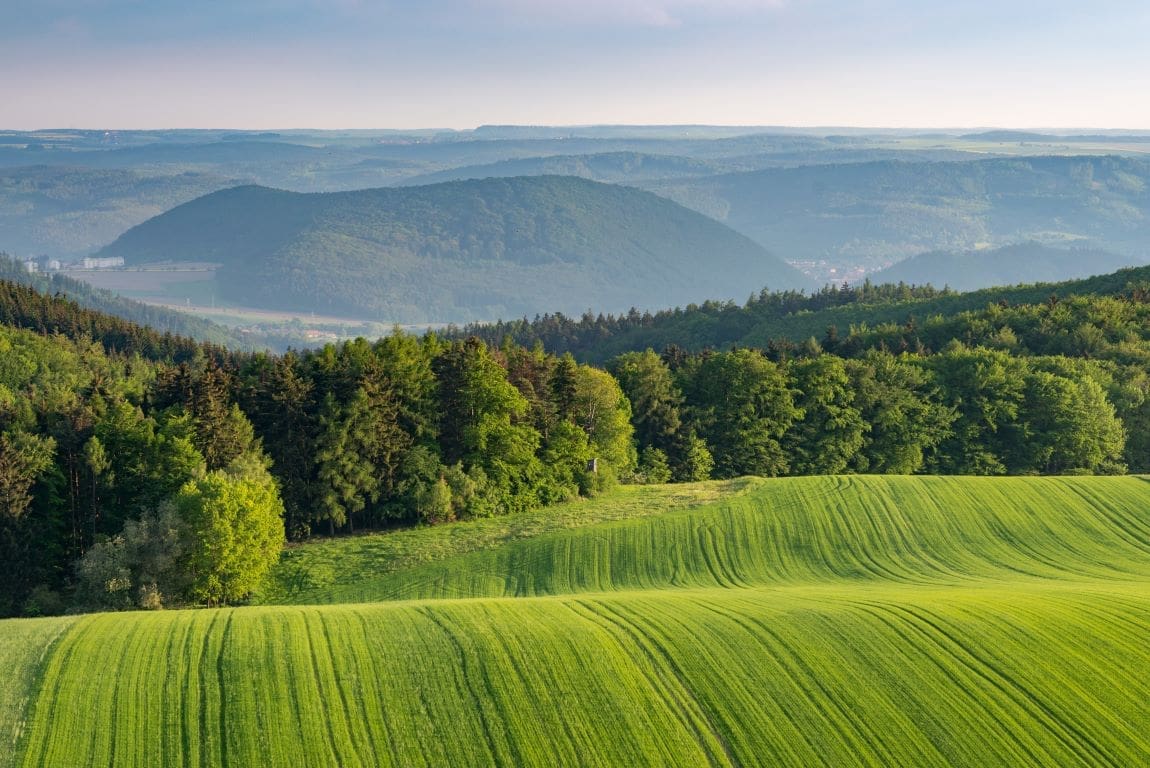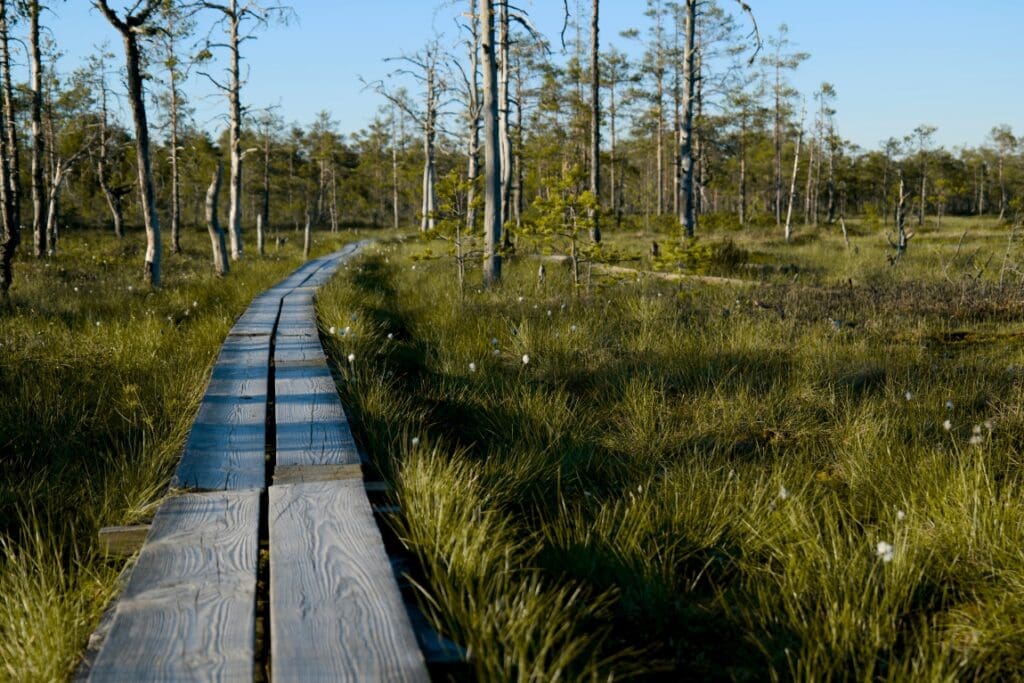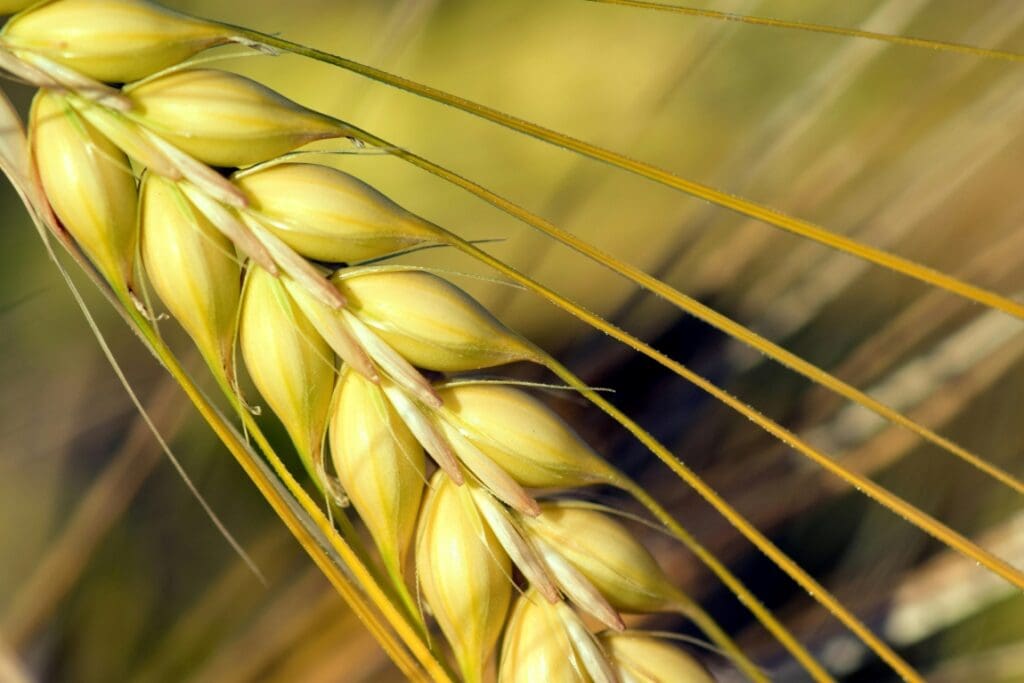Climate change is set to significantly disrupt the global balance between land used for food production and timber harvesting, according to a new study by researchers at the University of Cambridge. As warmer temperatures push cropland northward, the competition for land suitable for both agriculture and forestry is expected to intensify, potentially threatening the supply of timber – a resource crucial for many industries worldwide.
The study, titled ‘Climate change will exacerbate land conflict between agriculture and timber production’, was published in Nature Climate Change.
The research highlights a troubling trend: while warmer climates are enabling crops such as grapes to thrive in traditionally cooler regions like Britain, the expansion of agriculture into northern latitudes will increasingly encroach on land currently used for timber production. The study warns that this shift, largely overlooked until now, could have profound consequences for both food and wood supplies in the future.
Under a worst-case scenario where no significant efforts are made to mitigate climate change, the study projects that over a quarter of the world’s current forestry land – approximately 320 million hectares, an area equivalent to India – could become more suitable for agriculture by the end of the century. This land is predominantly located in the northern hemisphere, specifically in the United States, Canada, China, and Russia.
Russia, in particular, stands out, with tens of millions of hectares of timber-producing land expected to become newly viable for crops like potatoes, soybeans, and wheat. This shift poses a direct threat to the country’s extensive forestry resources, which play a critical role in global timber supply.
“There’s only a finite area of suitable land on the planet where we can produce food and wood – two critical resources for society,” said Dr. Oscar Morton, co-leader of the study from the University of Cambridge’s Department of Plant Sciences. “As climate change worsens and agriculture is forced to expand northwards, there’s going to be increasing pressure on timber production.”
The study underscores the long-term nature of timber production, which operates on cycles far slower than those of food crops. “We’ve got to be thinking fifty years ahead because if we want timber in the future, we need to be planting it now,” said Dr. Chris Bousfield, a postdoctoral researcher in the University of Cambridge’s Department of Plant Sciences and co-leader of the study.
The looming conflict between agricultural expansion and timber production is further complicated by global trends. Food demand is projected to double by 2050, driven by population growth and rising affluence. Simultaneously, the demand for wood is also expected to double, largely due to its use as a sustainable alternative to concrete and steel in construction.
The researchers caution against shifting timber production deeper into boreal or tropical forests, which could exacerbate environmental degradation by releasing vast amounts of stored carbon and threatening biodiversity.
“A major environmental risk of increasing competition for land between farming and forestry is that wood production moves into remaining areas of primary forest within the tropics or boreal zones,” said Professor David Edwards, the study’s senior author. These untouched regions, he stressed, are crucial for global biodiversity and must be preserved.
Using satellite data and climate models, the researchers mapped current intensive forestry regions against future projections of agricultural land suitability for key crops like rice, wheat, and maize. Even under a best-case scenario where global net-zero targets are met, significant changes in the distribution of land suitable for timber and crop production are anticipated.
As climate change continues to exacerbate the challenges facing timber production, from heatwaves and wildfires to the spread of pests like the Bark Beetle, the study calls for urgent strategies to secure both food and wood supplies.
“Securing our future wood supply might not seem as pressing as securing the food we need to eat and survive. But wood is just as integrated within our daily lives,” said Morton.
Journal Reference:
Bousfield, C.G., Morton, O. & Edwards, D.P. ‘Climate change will exacerbate land conflict between agriculture and timber production’, Nature Climate Change (2024). DOI: 10.1038/s41558-024-02113-z
Article Source:
Press Release/Material by University of Cambridge
Featured image credit: wirestock | Freepik




